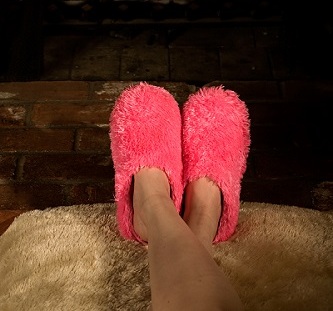Sylvia McAra, a podiatry lecturer with the University's School of Community Health, said often older people, especially those with diabetes and circulation problems, may lose the ability to feel cold and experience a drop in blood pressure in their feet.
"They may not be aware that they are not protecting their feet from the effects of cold because their sensation is reduced," McAra said.
McAra is conducting research into the blood supply to the toes, with over 100 people from Albury-Wodonga taking part for six months over two years to see how falling winter temperatures affect blood supply to the feet.
"I have found that of the 100 people in my study, all that have a pre-existing impairment to the blood circulation in their feet will have blood pressures drop between 10 and 50 per cent in their toes with cold weather."
McAra is particularly concerned for people with diabetes: "Good blood supply to the feet of this group is very important as they are at risk of foot ulcers and amputation due to complications of their disease."
Other circulation problems which occur in winter include chilblains, which are a cold injury and a mild form of frostbite; Raynaud's disease, a blanching disease where the blood vessels spasm; and — most commonly — uncomfortably cold feet that won't warm up.
McAra says there are a number of ways to keep feet warm in winter.
"Avoiding extremes of cold temperature and keeping feet dry and warm with effective shoes and socks is fundamental," she said.
"Socks should be not so thick that they increase pressure on the feet inside shoes.
"Our winter shoes should be a larger size than our summer ones to accommodate thicker, warmer socks.
"At the Community Engagement and Wellness (CEW) Centre at the Charles Sturt University, we see a rush of in-growing toenails every autumn as people start filling their shoes too tight with thick socks.
"Slippers should not be too loose. Being soft, they quickly lose their cushioning and insulation as they wear out. Loose slippers promote a shuffling walking style which can force the toes in to the ends of the shoes and cause pressure which reduces blood supply. Falls are associated with such loose footwear."

